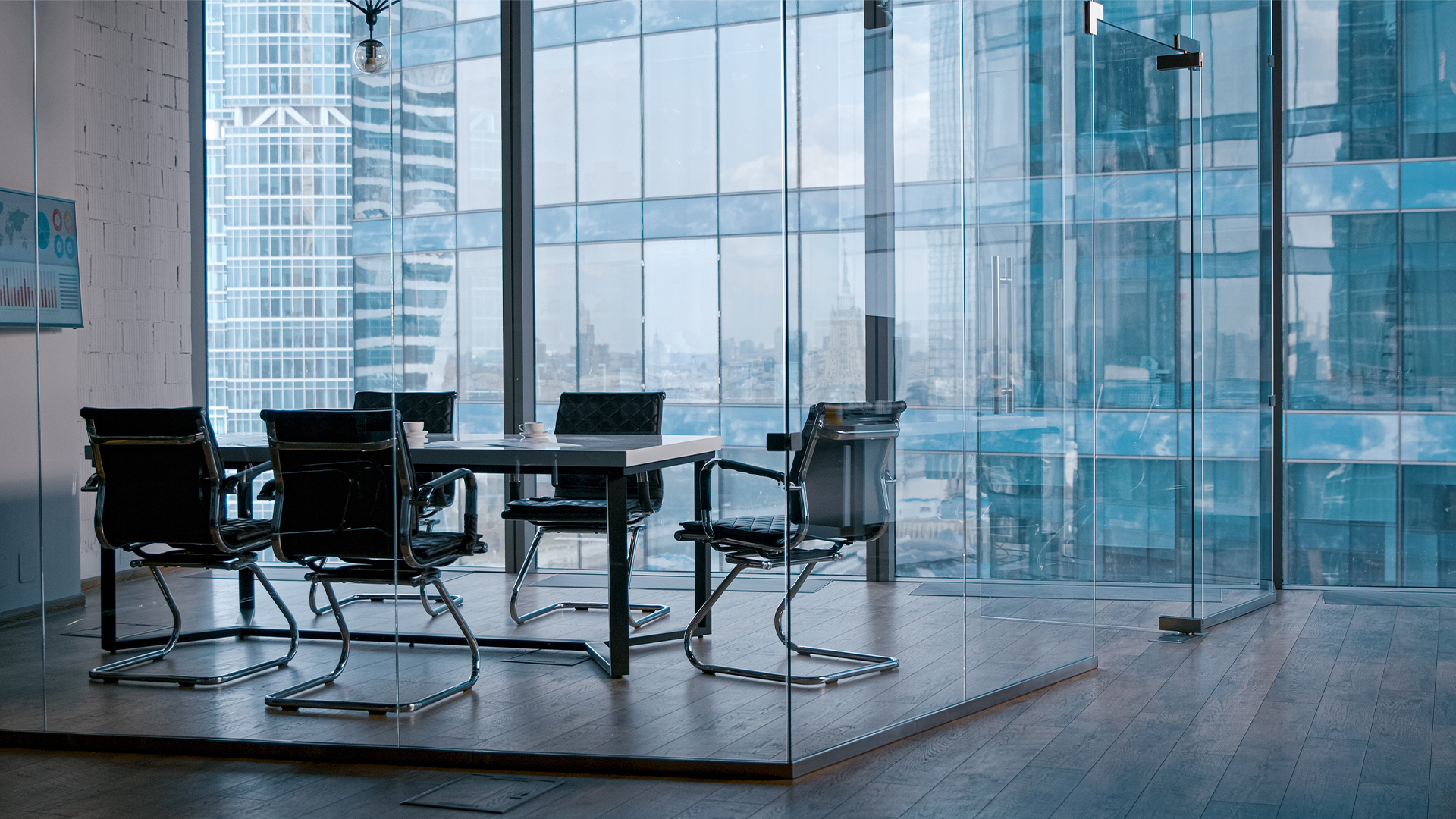The Great Return to the Office: What Should Business Leaders Consider When Looking for a New Space?

By Jonathan Hand, founder of The Lease Negotiator
The way we work has undergone a dramatic transformation in recent years, particularly in the wake of the COVID-19 pandemic, which has redefined how and where work gets done.
According to the Office for National Statistics [ONS], more than a quarter of working adults in Great Britain [28 per cent] were hybrid working [splitting their time between home and the office] in autumn 2024.
As companies embrace the “great return to the office,” business owners are reimagining their physical workspaces to meet evolving employee expectations and company goals. The office is no longer just a place to complete tasks, it has become a central spot for team collaboration, innovation, and culture-building.
With so many options available, finding the right office can be a difficult process. So, how can businesses ensure their chosen space supports productivity while encouraging employees to connect with one another?
The evolving role of the office
In the aftermath of the pandemic, hybrid work has become the new normal, bringing with it a shift in employee attitudes and expectations.
According to Gallup, 52 per cent of employees now expect flexibility in work arrangements, and findings from PwC reveal 67 per cent of business leaders are redesigning their offices to enhance team collaboration.
At the same time, a two-tier trend has emerged in the office market. High-quality, well-located spaces are in strong demand, with rising rents reflecting their appeal to tenants looking for dynamic spaces.
On the other hand, lower-grade offices in less desirable locations are struggling, with falling rents and low occupancy rates highlighting their lack of appeal.
This reinforces the importance of thoughtful investment in office space. Businesses that prioritise quality, location, and design can create vibrant environments that attract top talent, strengthen company culture, and adapt to the evolving needs of the workforce. Meanwhile, neglecting these factors risks alienating employees and missing the opportunity to create a space that drives productivity and engagement.
The modern office must now balance two vital roles: enabling focused, individual work while also serving as a dynamic environment for team interaction, innovation, and the reinforcement of company culture.
Key factors to consider when choosing a new office space
Location
The location of an office significantly impacts its appeal to both employees and clients. Employees value convenience, favouring spaces with good public transport links, ample parking, and nearby amenities such as cafes, gyms, and childcare facilities.
A central city location can attract top talent, facilitate client interactions, and offer an energetic work environment. However, rural offices are gaining more traction for their lower rents, reduced commute times, and peaceful settings.
When evaluating potential locations, it’s essential to consider long-term infrastructure developments like new transport routes or regeneration projects, which can increase the desirability of an area over time.
Striking the right balance is key. While a rural location might reduce stress for existing employees, it could limit access to younger, urban-based talent.
Flexibility
Flexibility has become another central requirement of modern offices. Businesses are increasingly looking for spaces with adaptable leases, such as short-term agreements or co-working options, to allow for scaling up or down as workforce needs change.
Many are adopting a ‘core and flex’ model, which combines a central permanent office with on-demand shared spaces. Within the office itself, flexibility extends to design, with modular furniture, movable walls, and multipurpose rooms ensuring spaces can evolve with business needs.
Cost
Cost is another important consideration. Although prime office locations command higher rents, the true cost of an office includes additional factors like utilities, maintenance, insurance, and furnishings. A space that seems affordable initially might become expensive when these hidden costs are considered.
Negotiating favourable terms, such as rent-free periods or tenant improvement allowances, can offset expenses, especially in markets with high vacancy rates.
It’s also important to assess the cost-benefit ratio – does a premium location justify its expense through increased productivity, better talent retention, or improved client satisfaction?
Technology
Technology and amenities are vital to supporting a modern, tech-enabled workforce.
Employees now expect seamless connectivity, including high-speed internet, video conferencing capabilities, and smart office systems.
Wellness-focused spaces, such as gyms, meditation rooms, and outdoor terraces, are also becoming standard, alongside informal lounges and well-equipped kitchens that encourage collaboration and help build a sense of community.
Navigating lease agreements
Navigating lease agreements is often one of the most complex aspects of securing a new office space and can come with significant financial and operational implications.
Key things to consider include rent review clauses, service charge obligations, and end-of-lease repair responsibilities.
Engaging a commercial property advisor can help businesses identify potential pitfalls and negotiate tenant-friendly terms. For example, understanding market trends can position companies to secure shorter leases, break clauses, or rent-free periods, particularly in tenant-favourable markets.
With office vacancy rates at record highs in many cities, businesses are in a strong position to negotiate. Landlords might offer concessions such as fit-out contributions, flexible lease terms, or additional amenities to attract tenants. Businesses should take advantage of these conditions to secure spaces that match their long-term goals.
Final thoughts
The return to the office presents a unique opportunity for businesses to redefine their workspaces. By taking the time to properly consider the above factors, companies can create environments that inspire and engage their employees while driving productivity and growth.
The question is no longer just where to work – it’s how to design a space that enables teams to thrive now and in the future.







